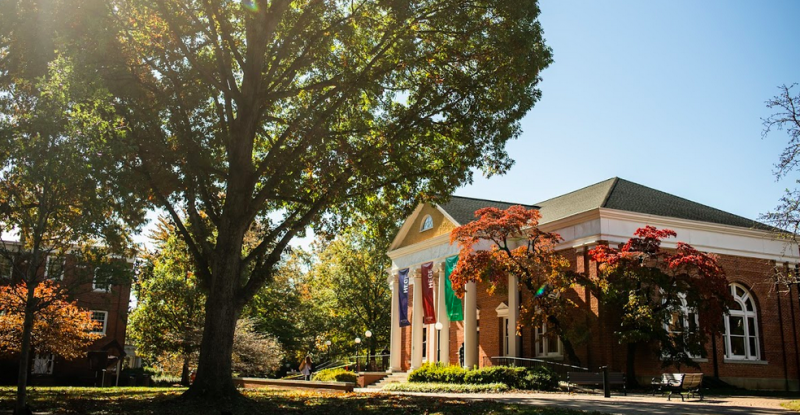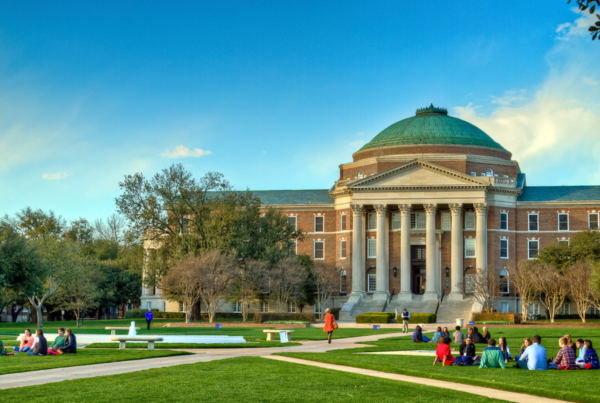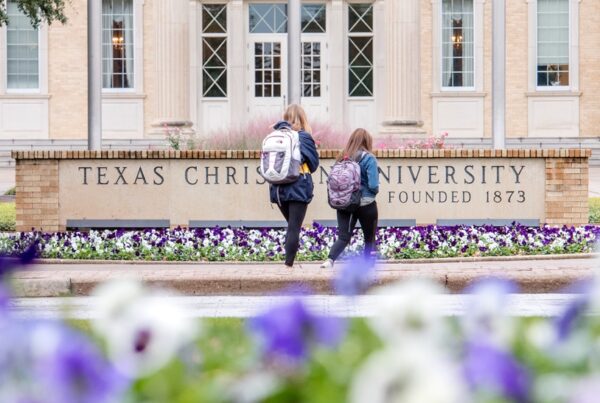By Ethan Currie
I recently had the chance to stop by Guilford College in Greensboro, N.C. – a smaller liberal arts college of around 1,300 students – and attend an information session and campus tour. In addition to being the “Fightin’ Quakers” on the field, Guilford has a long history of practicing what they preach in their classrooms, including being a prominent stop on the Underground Railroad. Here are some other things that stood out during my visit:
- Community: A big theme throughout my visit was Guilford’s genuine focus on community and inclusion. (From the Director of Admissions: “For students tired of the two-hour PowerPoint lecture, Guilford’s emphasis on classroom conversation is a great alternative.”) As part of Guilford’s Quaker heritage and commitment to equality, all community members, including faculty, are called by their first names, and admissions officers actively look for signs of open-mindedness in potential students. Relatedly, Guilford has been test optional for 20 years now, and has always placed a lot of weight on the application essay.
- Advising: As part of this culture, Guilford pairs every student with three distinct advisors during the course of their time on campus (as opposed to the usual one – or maybe two – at similar institutions), including a major advisor, a career advisor and an alum advisor. The alum advisor is typically someone working in a field of interest to the student, and assists with the transition to work after graduation as well as on important early-career decisions.
- Financial aid: 100% of Guilford students receive a scholarship of at least $15,000, with some students receiving up to or more than $27,000 off the total cost of attendance, which is around $60,000.
- Greensboro Consortium: Their presence in Greensboro means students can take advantage of the Greensboro Consortium and take classes from other universities in the area, including Elon, North Carolina A&T and High Point, as well as Bennett College.
- Physical campus: The campus itself is quite pretty with stone and brick buildings, lots of large, old-growth trees, walking paths and a couple of cute, cottage-like coffee shops that offer respite from the southern heat. Several impressive art collections were on display inside the library and other buildings, with pieces from artists like Picasso and Dali, as well as prominent 20th-century American artists.
As a smaller liberal arts college with somewhat limited major offerings compared to, for example, large public flagships, Guilford may not be a fit for every student. But for those looking for an intimate community of open-minded scholars looking to make the world a better place for all, Guilford is definitely one to consider adding to the list.





